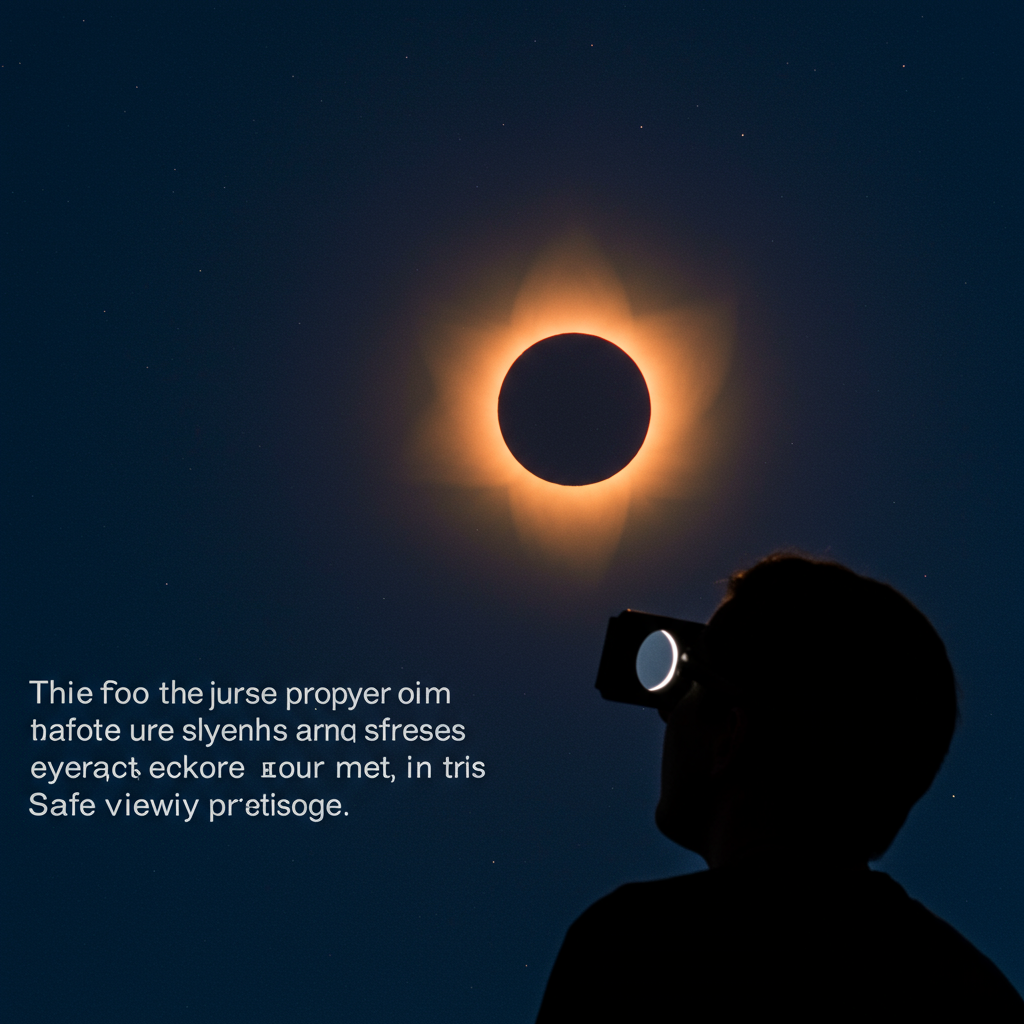
Celestial shadows, the awe-inspiring phenomena of solar and lunar eclipses, have captivated humanity for millennia. These cosmic ballets, where the sun, moon, and Earth align in a breathtaking display, offer a glimpse into the intricate clockwork of our solar system. From ancient myths and legends to modern scientific understanding, eclipses continue to hold a special place in our collective consciousness.
A solar eclipse occurs when the moon passes between the sun and Earth, casting its shadow upon our planet. The experience is truly remarkable, transforming daylight into an ethereal twilight. Depending on the alignment, observers can witness a partial, annular, or total solar eclipse. A total solar eclipse, where the moon completely obscures the sun’s disk, reveals the sun’s corona, a shimmering halo of plasma, normally invisible to the naked eye. This fleeting moment of totality is a truly unforgettable spectacle.
Lunar eclipses, on the other hand, happen when the Earth positions itself between the sun and the moon, casting its shadow upon the lunar surface. As the moon moves into the Earth’s umbra, the darkest part of the shadow, it gradually darkens, sometimes taking on a reddish hue due to the scattering of sunlight through Earth’s atmosphere. This phenomenon, often referred to as a “blood moon,” adds a touch of mystique to the already captivating event.
Understanding the mechanics of eclipses requires delving into the orbital dynamics of the Earth-moon system. The moon’s orbit around Earth is slightly tilted, which means that perfect alignment for an eclipse doesn’t occur every month. Instead, these celestial events follow specific cycles known as Saros cycles, which repeat approximately every 18 years. Predicting eclipses has become a precise science, allowing astronomers to forecast these events with remarkable accuracy.
Eclipses are not merely visual spectacles; they also provide valuable opportunities for scientific research. During a solar eclipse, scientists can study the sun’s corona and chromosphere in greater detail, gaining insights into the sun’s magnetic field and energy output. Lunar eclipses, in turn, offer a chance to study the moon’s surface temperature and composition as it transitions through Earth’s shadow.
From ancient cultures who viewed eclipses as omens to modern scientists who see them as windows into the universe, these celestial shadows continue to inspire wonder and deepen our understanding of the cosmos. Whether you are a seasoned astronomer or simply a curious observer, witnessing an eclipse is a truly awe-inspiring experience, connecting us to the grand dance of celestial bodies and reminding us of our place within the vast expanse of space.



